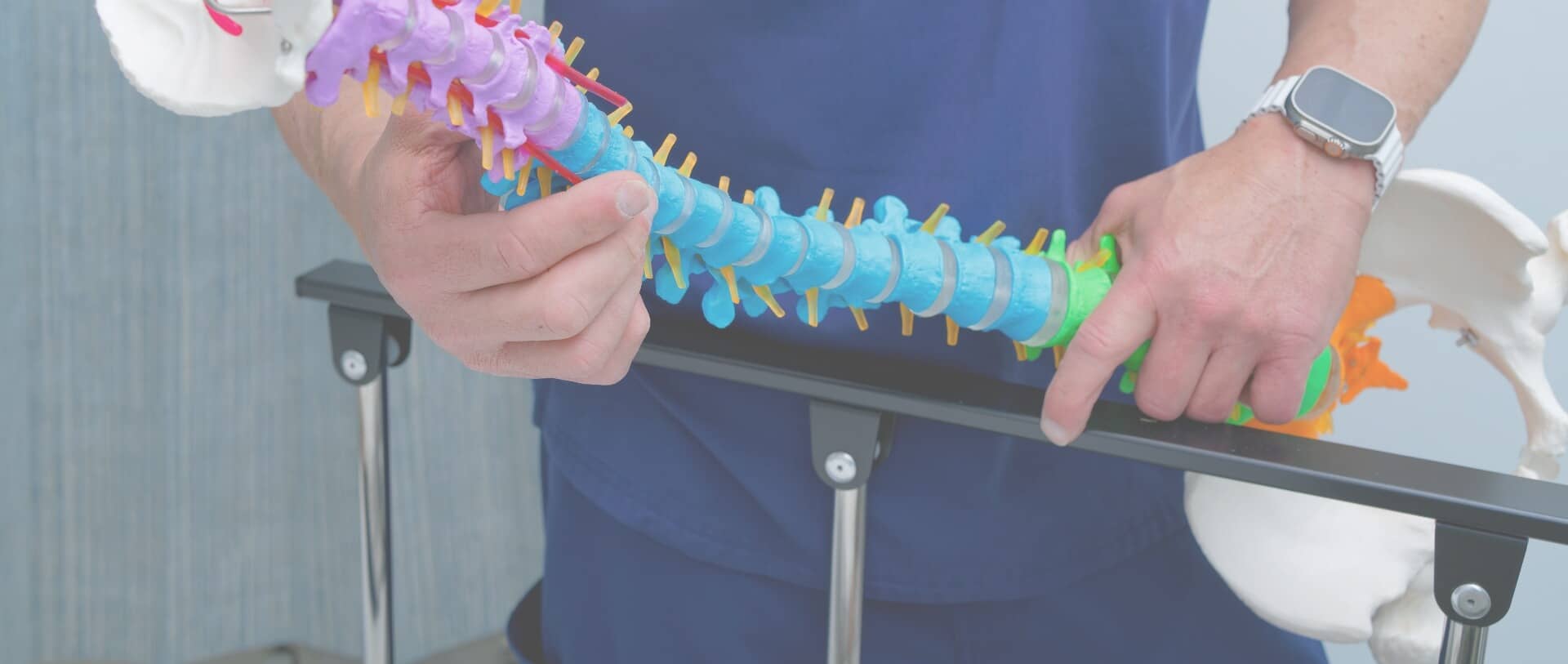
PROCEDURES
Laminectomy
Spinal stenosis is caused by a narrowing of your spinal column, resulting in limited flexibility and quality of life. If non-surgical treatments have proven ineffective for your condition, rely on the expertise of Gottlieb Spine, located in Irving. Our team of top spine surgeons, led by Dr. Jamie Gottlieb, offers advanced treatment options, including laminectomy. This procedure involves the removal of a portion of your vertebrae to create additional space for the spinal cord. Contact our spine center today to schedule a consultation.
What is a Laminectomy?
A spinal laminectomy is a surgical intervention done to relieve pressure on the spinal cord and nerves by removing a portion of the vertebral bone. This bone is called the lamina. The procedure is often performed to combat spinal stenosis, where the narrowing of the spinal column causes discomfort and pain
What are the Different Types of Laminectomy Surgery?
Dr. Gottlieb and his team offer a range of specialized laminectomy surgeries to meet the unique needs of your condition, including:
- Lumbar laminectomy: Lumbar laminectomy surgery involves the removal of a portion of the lamina in the lower back
- Thoracic laminectomy: This procedure addresses any issues stemming from the thoracic spine, or mid-back region
- Cervical laminectomy: Cervical laminectomy focuses on the neck.
- Decompressive lumbar laminectomy: A decompressive lumbar laminectomy is specifically aimed at decompressing the spinal cord and nerves in the lower back. By removing a portion of the lamina, this procedure alleviates pressure and allows for improved nerve function and reduced pain.
- Laminectomy and fusion: Combining two procedures, your surgeon will both remove a portion of the lamina and perform a spinal fusion. After removing the lamina to relieve pressure, spinal fusion is performed to stabilize the spine by fusing two or more vertebrae together. This procedure is commonly used to address conditions like spinal instability, herniated discs, and deformities.
What Conditions Does a Laminectomy Treat?
While a laminectomy is often performed as a treatment for spinal stenosis, the surgery can also be a solution for other conditions that cause compression of the spinal cord and nerves. Dr. Gottlieb may recommend a laminectomy to address the following conditions:
- Spinal stenosis: As discussed, laminectomy surgery relieves pressure from a narrowing spinal canal by removing part of the lamina to create more space within the spinal column
- Herniated disc: When a disc is damaged, it can put pressure on surrounding spinal nerves, causing pain, numbness, and weakness. A laminectomy can be done to remove part of the lamina and other tissue to access and alleviate pressure on the affected nerves
- Degenerative disc disease: A laminectomy can address the compression and other symptoms caused by disc degeneration
- Spondylolisthesis: This occurs when a vertebra slips out of its normal position, potentially compressing spinal nerves. A laminectomy can help by removing the part of the lamina and stabilizing the spine if needed.
How Is a Minimally Invasive Laminectomy Performed?
Dr. Gottlieb specializes in minimally invasive spine surgery. The techniques used for these types of procedures result in smaller incisions, reduced tissue disruption, and quicker recovery times. Here’s an overview of how a minimally invasive laminectomy is done:
- Anesthesia: The procedure will begin with the administration of anesthesia to ensure your comfort throughout the surgery
- Incision: Unlike traditional surgery that requires a larger incision, a minimally invasive laminectomy requires incisions only about an inch in length
- Access & visualization: Specialized surgical instruments, including an endoscope, are inserted through the incision. A retractor gently pushes aside muscles and tissues to access the spine, and a tiny camera attached to the endoscope provides high-quality images of the area.
- Lamina removal: Using microsurgical techniques and specialized instruments, Dr. Gottlieb will remove a portion of the lamina that is causing compression on the spinal cord or nerve.
- Decompression: If performing a procedure like a decompressive lumbar laminectomy where there is additional nerve compression, Dr. Gottlieb will also remove any tissue or bone affecting the nerves
- Closure: Once the procedure is complete, the surgical instruments are removed and the incisions closed with sutures or adhesive strips.
Will I Need Laminectomy Surgery?
Before recommending surgery, Dr. Gottlieb will most likely have you try non-surgical treatments for your pain, like injections or physical therapy. If these conservative techniques have not relieved your symptoms, then it may be time to consider laminectomy surgery.

Top Quality Care at Gottlieb Spine
Experience the pain relief you deserve with Gottlieb Spine, your partner in advanced spine care. If you’re suffering from spinal stenosis or another spine condition, trust the expertise of our team, led by Dr. Jamie Gottlieb. We offer surgical solutions like laminectomy surgery to restore your quality of life and help you reach optimal health. Contact us today to schedule a consultation.
SCHEDULE A CONSULTATION